当前位置:网站首页>目标检测基础
目标检测基础
2022-08-09 13:10:00 【花椒酱不吃花椒喵】
一阶段算法
https://zhuanlan.zhihu.com/p/61485202
二阶段算法
https://www.julyedu.com/question/big/kp_id/32/ques_id/2103
详解Faster RCNN
https://www.julyedu.com/question/big/kp_id/32/ques_id/2918
map
rank=1 precision=1.00 and recall=0.14
----------
rank=2 precision=1.00 and recall=0.29
----------
rank=3 precision=0.66 and recall=0.29
----------
rank=4 precision=0.50 and recall=0.29
----------
rank=5 precision=0.40 and recall=0.29
----------
rank=6 precision=0.50 and recall=0.43
----------
rank=7 precision=0.43 and recall=0.43
----------
rank=8 precision=0.38 and recall=0.43
----------
rank=9 precision=0.44 and recall=0.57
----------
rank=10 precision=0.50 and recall=0.71
----------对于上述PR值,如果我们采用:VOC2010之前的方法,我们选取Recall >= 0, 0.1, …, 1的11处Percision的最大值:1, 1, 1, 0.5, 0.5, 0.5, 0.5, 0.5, 0, 0, 0。此时Aeroplane类别的 AP = 5.5 / 11 = 0.5VOC2010及以后的方法,对于Recall >= 0, 0.14, 0.29, 0.43, 0.57, 0.71, 1,我们选取此时Percision的最大值:1, 1, 1, 0.5, 0.5, 0.5, 0。此时Aeroplane类别的 AP = (0.14-0)*1 + (0.29-0.14)*1 + (0.43-0.29)*0.5 + (0.57-0.43)*0.5 + (0.71-0.57)*0.5 + (1-0.71)*0 = 0.5mAP就是对每一个类别都计算出AP然后再计算AP平均值就好了
在VOC2010以前,只需要选取当Recall >= 0, 0.1, 0.2, …, 1共11个点时的Precision最大值,然后AP就是这11个Precision的平均值。在VOC2010及以后,需要针对每一个不同的Recall值(包括0和1),选取其大于等于这些Recall值时的Precision最大值,然后计算PR曲线下面积作为AP值。
# VOC-style mAP,分为两个计算方式,之所有两个计算方式,是因为2010年后VOC更新了评估方法,因此就有了07-metric和else...
def voc_ap(rec, prec, use_07_metric=False):
"""
average precision calculations
[precision integrated to recall]
:param rec: recall list
:param prec: precision list
:param use_07_metric: 2007 metric is 11-recall-point based AP
:return: average precision
"""
if use_07_metric:
# 11 point metric
ap = 0.
# VOC07是11点插值的AP方式,等于是卡了11个离散的点,划分10个区间来计算AP
for t in np.arange(0., 1.1, 0.1):
if np.sum(rec >= t) == 0:
p = 0 # recall卡的阈值到顶了,1.1
else:
p = np.max(prec[rec >= t]) # VOC07:选择每个recall区间内对应的最高precision的计算方案
ap = ap + p / 11. # 11-recall-point based AP
else:
# correct AP calculation
# first append sentinel values at the end
mrec = np.concatenate(([0.], rec, [1.]))
mpre = np.concatenate(([0.], prec, [0.]))
# compute the precision envelope
for i in range(mpre.size - 1, 0, -1):
mpre[i - 1] = np.maximum(mpre[i - 1], mpre[i]) # 这个是不是动态规划?从后往前找之前区间内的top-precision,多么优雅的代码呀~~~
# to calculate area under PR curve, look for points where X axis (recall) changes value
# 上面的英文,可以结合着fig 2的绿框理解,一目了然
# VOC10是是根据recall值变化的区间来计算的,如果recall变化很多次,就可以认为是一种 “伪” 连续的方式计算了,以下求的是recall的变化
i = np.where(mrec[1:] != mrec[:-1])[0]
# 计算AP,这个计算方式有点玄乎,是一个积分公式的简化,应该是对应的fig 2中红色曲线以下的面积,之前公式的推导我有看过,现在有点忘了,麻烦各位同学补充一下
# 现在理解了,不难,公式:sum (\Delta recall) * prec,其实结合fig2和下面的图,不就是算的积分么?如果recall划分得足够细,就可以当做连续数据,然后以下公式就是积分公式,算的precision、recall下面的面积了
ap = np.sum((mrec[i + 1] - mrec[i]) * mpre[i + 1])
return ap
https://zhuanlan.zhihu.com/p/48992451
https://www.zhihu.com/question/53405779
nms计算
非极大值抑制嘛,就是只留下极大值的意思
基于前面的网络(如RPN)能为每个框给出一个score,score越大证明框越接近期待值。两个目标分别有多个选择框,现在要去掉多余的选择框。分别在局部选出最大框,然后去掉和这个框IOU>0.7的框。
代码如下:
# --------------------------------------------------------
# Fast R-CNN
# Copyright (c) 2015 Microsoft
# Licensed under The MIT License [see LICENSE for details]
# Written by Ross Girshick
# --------------------------------------------------------
import numpy as np
def py_cpu_nms(dets, thresh):
"""Pure Python NMS baseline."""
x1 = dets[:, 0]
y1 = dets[:, 1]
x2 = dets[:, 2]
y2 = dets[:, 3]
scores = dets[:, 4]
areas = (x2 - x1 + 1) * (y2 - y1 + 1)
order = scores.argsort()[::-1]
keep = []
while order.size > 0:
i = order[0]
keep.append(i)
xx1 = np.maximum(x1[i], x1[order[1:]])
yy1 = np.maximum(y1[i], y1[order[1:]])
xx2 = np.minimum(x2[i], x2[order[1:]])
yy2 = np.minimum(y2[i], y2[order[1:]])
w = np.maximum(0.0, xx2 - xx1 + 1)
h = np.maximum(0.0, yy2 - yy1 + 1)
inter = w * h
ovr = inter / (areas[i] + areas[order[1:]] - inter)
inds = np.where(ovr <= thresh)[0]
order = order[inds + 1]
return keep
原文链接:https://blog.csdn.net/leviopku/article/details/80886386
mmdetection代码解析 https://zhuanlan.zhihu.com/p/84416299
https://github.com/amusi/Deep-Learning-Interview-Book/blob/master/docs/%E8%AE%A1%E7%AE%97%E6%9C%BA%E8%A7%86%E8%A7%89.md
【cs231n】https://blog.csdn.net/poulang5786/category_7521185.html
边栏推荐
猜你喜欢

面试攻略系列(二)-- 秒杀系统
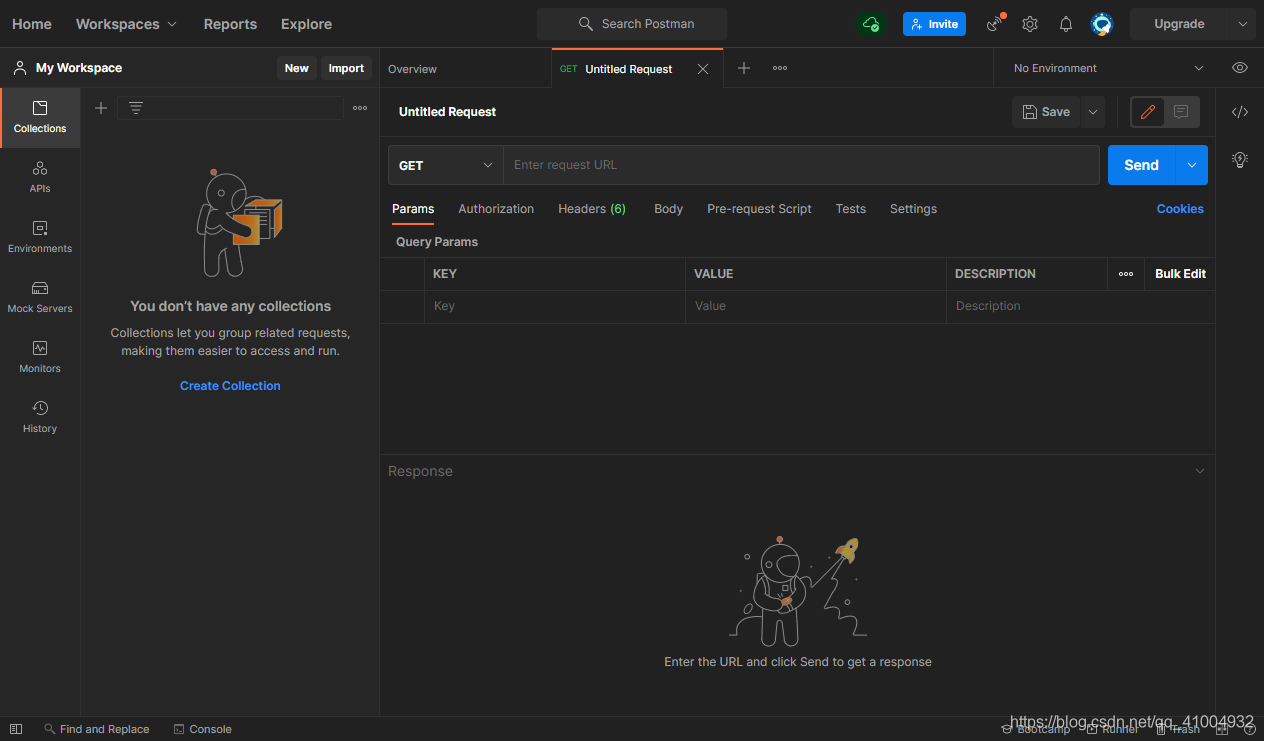
GIN a preliminary study, the environment is installed
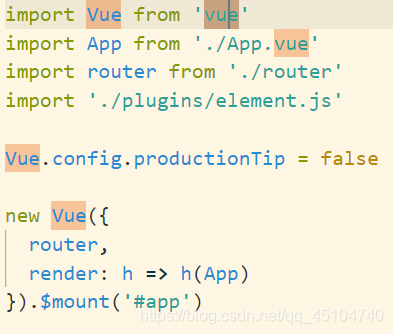
render解析

eslint语法规则报错
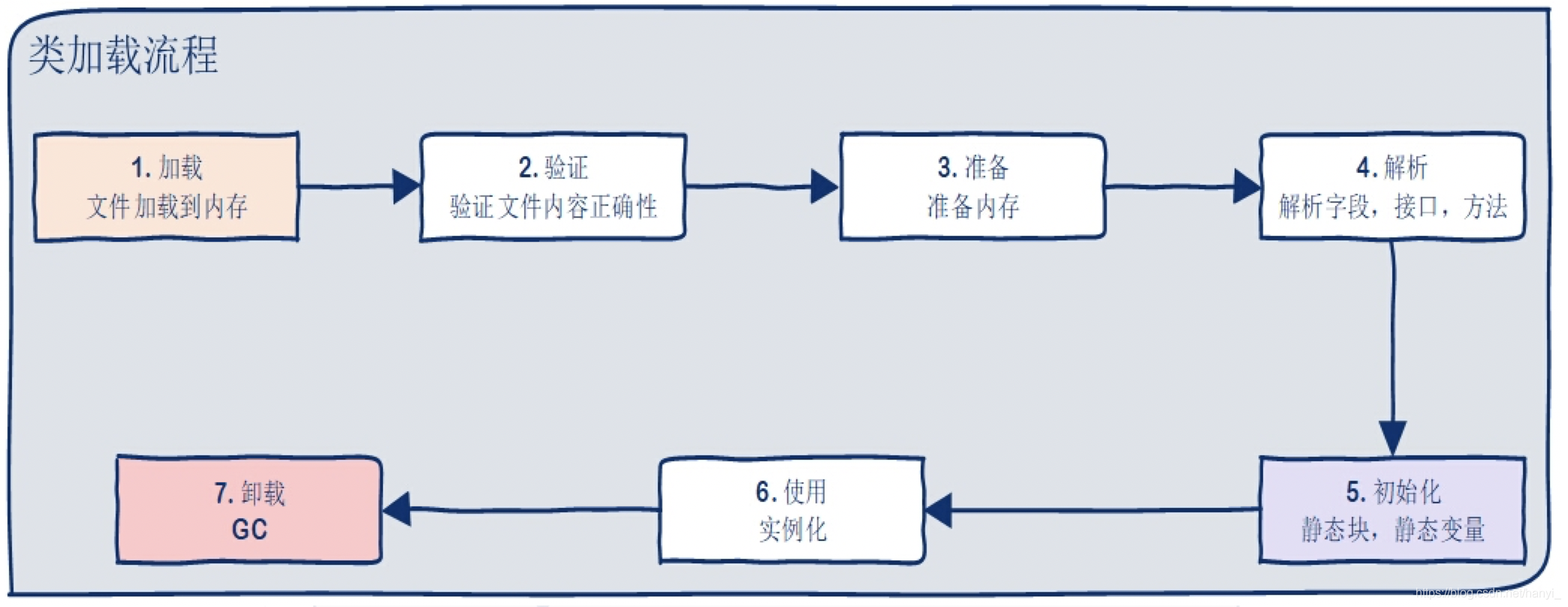
面试攻略系列(三)-- 高级开发工程师面试问些啥?

Uni - app - uview Swiper shuffling figure component, click on the links to jump (click to get the item after the row data, remove data operation)

Map mixed density function and quantile added line
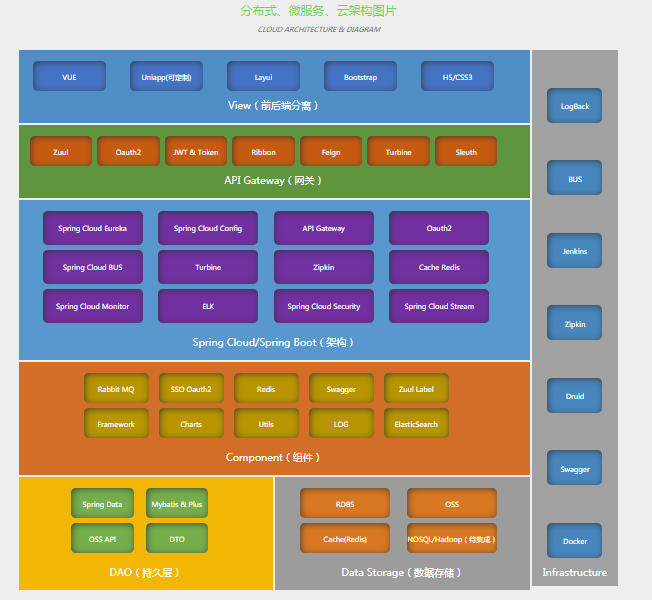
19、学习MySQL 索引
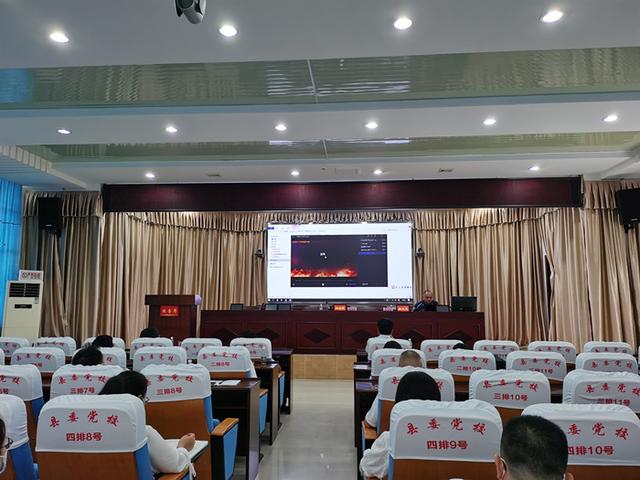
Ledong Fire Rescue Brigade was invited to carry out fire safety training for cadres
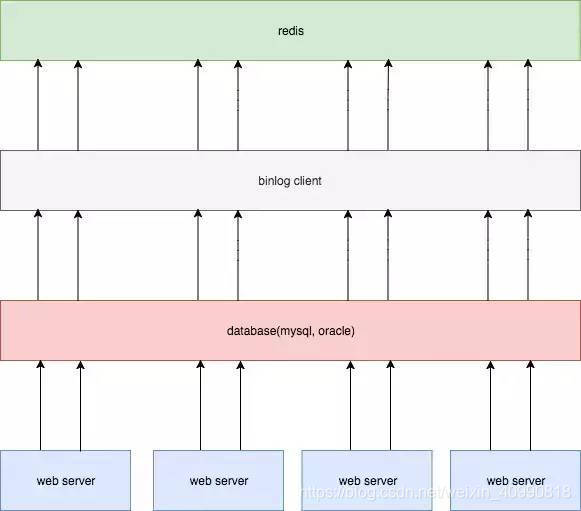
缓存和数据库一致性问题
随机推荐
MySQL主从同步原理
NC53 删除链表的倒数第n个节点
FFmpeg长时间无响应的解决方法
FFmpeg相机花屏花图问题解决方法
海康设备获取YV12图像-不用rtsp
NC84 完全二叉树结点数
pytest 之 fixture的调用
利用信号灯和共享内存实现进程间同步通信
pyhook3简单应用(1)--实现截图保存功能
WPF 实现带蒙版的 MessageBox 消息提示框
pytest 之 fixture参数化
The sword refers to Offer 56 - II. Number of occurrences of a number in an array II (bit operation)
RTP打包发送H.264
面试攻略系列(四)-- 你不知道的大厂面试
The sword refers to the offer, cuts the rope 2
RobotFramework 之 库与关键字
【面试高频题】可逐步优化的链表高频题
RobotFramework 之 数据驱动
七夕力扣刷不停,343. 整数拆分(剑指 Offer 14- I. 剪绳子、剑指 Offer 14- II. 剪绳子 II)
剑指 Offer 43. 1~n 整数中 1 出现的次数(递归、数学)